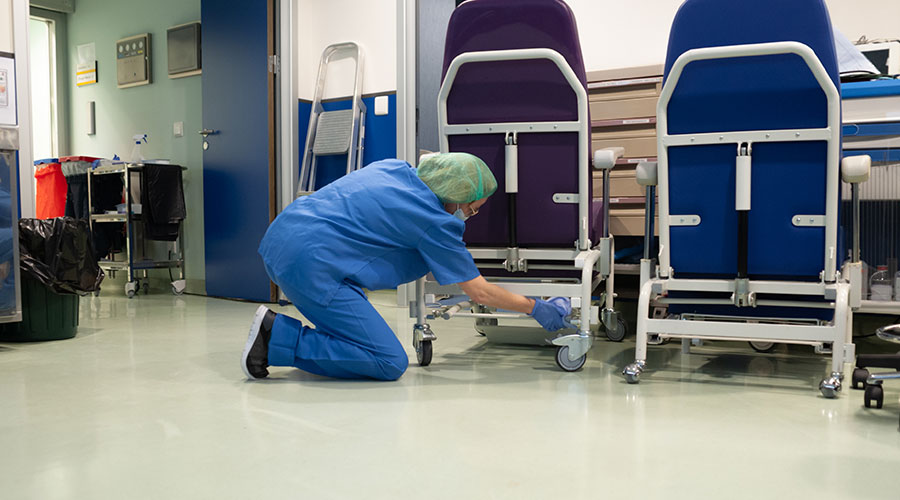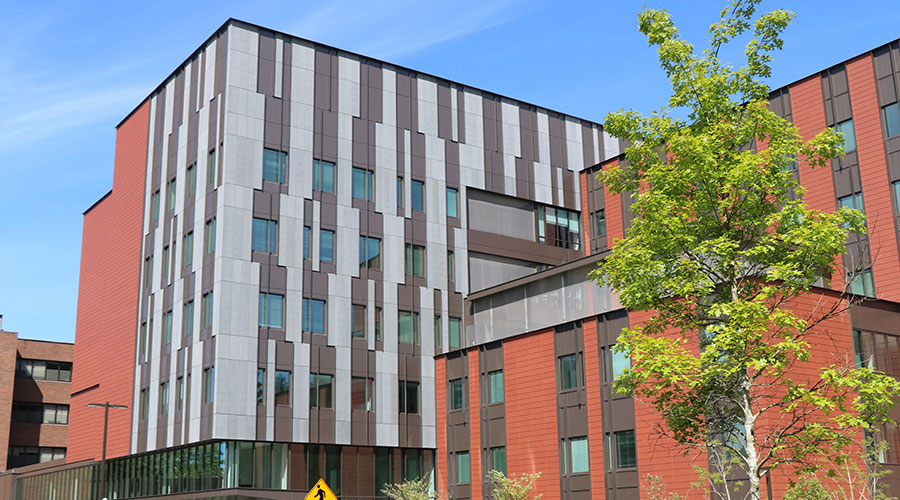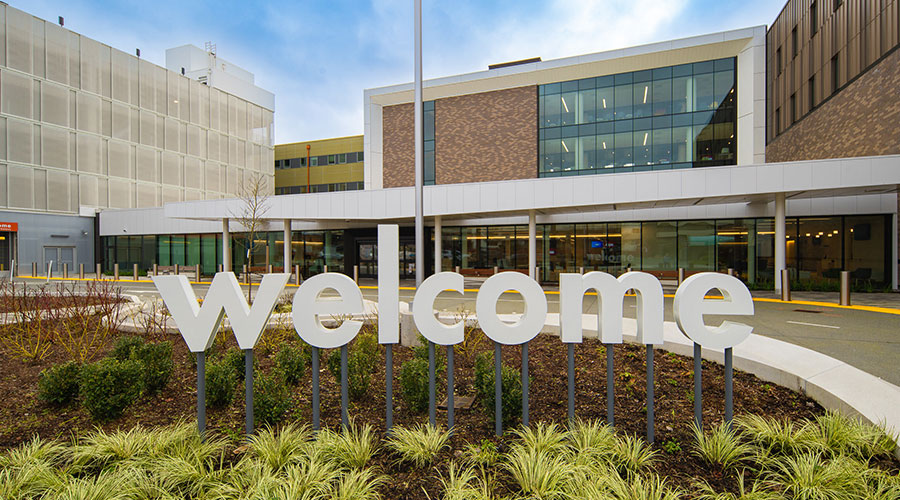If the COVID-19 pandemic taught us one thing, it is that enhancing patient care and experience is a priority for hospitals and other healthcare facilities. Since the start of the pandemic, nobody has been untouched or unchanged.
From staffing and supply shortages to figuring out how to provide proper healthcare to underserved communities, there is hope and determination from healthcare leaders to continue to solve some of the most pressing issues. As we look ahead, several key trends have emerged that are redefining patient care and the way facilities support it.
Technology is key. There is a new wave of smart health technologies. Telehealth emerged among healthcare providers and patients during the pandemic and continues to be popular among patients and practitioners. With the help of conferencing technology, providers can virtually treat patients over video call, provide prescriptions and perform follow-up visits. Artificial Intelligence (AI) is transforming the healthcare industry from incorporating AI-powered tools that aid in early disease detection to automating administrative tasks that allow healthcare professionals to focus on patient care.
Healthy facilities, happy patients. The facilities we inhabit shape our conduct and funnel our perceptions of the world. This is crucial in healthcare settings. The experiences healthcare facilities offer, from the parking lot to the patient bed, set the stage for a patient’s clinical outcome. Thanks to empirical research from leading design and architecture firms that design and build healthcare facilities, thoughtful facility design enhances emotional well-being for patients and staff.
Patient-centered care. Caring for people in hospital settings is becoming increasingly stressful, especially in the aftermath of the pandemic and the lasting challenges it posed. The rates of mental health needs also have been on the rise, as has burnout among the medical staff and patients alike.
Like many sectors, hospitals are increasingly short staffed, requiring professional caregivers to care for more people in less time while also spending more time doing paperwork and related non-clinical tasks. Individuals need environments that do more than restore stress. They need environments that nurture in small and encompassing ways. From soothing colors to uplifting art to natural light to comfortable furnishings, facilities are designed to create a welcoming atmosphere.
It takes a community. Roughly 30 million Americans of all ages — about 9.2 percent of the population — were without health insurance in 2021. The ongoing need for more accessible healthcare services has been increasing, and the desire for community care at a smaller scale is high. Decentralized care models, including mobile health units and community health centers, provide patient-friendly, highly efficient and easily adaptable facilities that serve patients close to their homes and workplaces.
Going green. Modern healthcare facilities are increasingly embracing sustainable practices and green initiatives. From energy-efficient buildings to waste reduction, the healthcare industry recognizes its hugely important role in the greater ecosystem.
Facilities across the country, including University of California Irvine, are taking steps to reduce carbon emissions. Strategic energy planning involves making a comprehensive evaluation of the organization’s current energy needs, forecasting future energy needs and identifying strategies that align with budgeting and planning.
Technology, patient-centric design, accessible care and sustainable practices are shaping the healthcare facilities of the future. The goal of today’s award-winning healthcare facilities is to provide patients with the highest quality care in an environment that fosters healing, wellness and comfort.
Jenabeth Ferguson is vice president and symposium director for the Healthcare Facilities Symposium and Expo.

 Seeking Standards for Microbial Loads in Healthcare Facilities
Seeking Standards for Microbial Loads in Healthcare Facilities UCR Health Unveils Plans for Major Expansion
UCR Health Unveils Plans for Major Expansion High-Performance Windows Support Safety at UW Medicine's New Behavioral Health Center
High-Performance Windows Support Safety at UW Medicine's New Behavioral Health Center Central Maine Healthcare Dealing with IT System Outage
Central Maine Healthcare Dealing with IT System Outage Kaiser Permanente Opens Newly Expanded Everett Medical Center
Kaiser Permanente Opens Newly Expanded Everett Medical Center